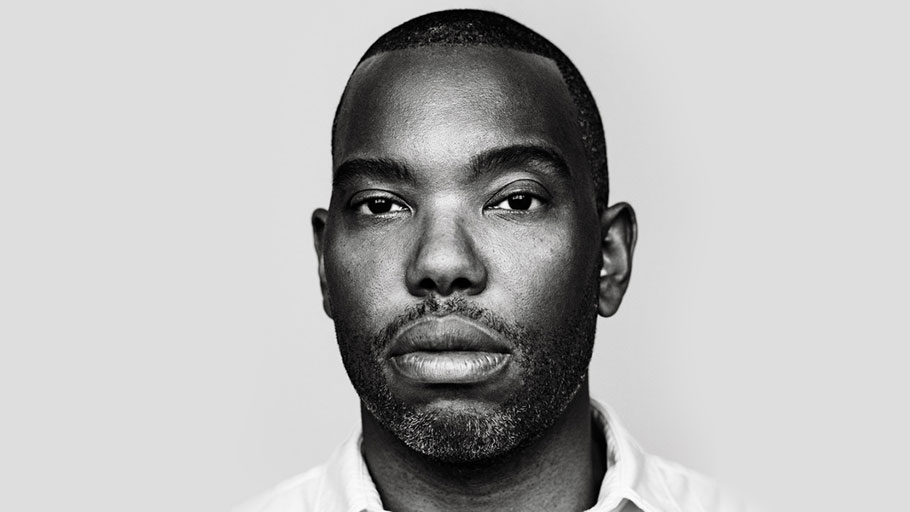
Ta-Nehisi Coates on What Changed in the ‘Obama Decade’ and What Didn’t. Talking reparations, Kaepernick, and the first black president with the writer who may be the definitive chronicler of…

Ta-Nehisi Coates on What Changed in the ‘Obama Decade’ and What Didn’t. Talking reparations, Kaepernick, and the first black president with the writer who may be the definitive chronicler of…

By Dr. E. Faye Williams, Esq. — Whenever Black people bring up the subject of white Americans acting to cure years of discriminatory acts against Black people when our ancestors were forced to work without compensation, they usually pivot to the term “reverse discrimination” or they question whether reparations would be constitutional. My good friend, Gloria Dulan Wilson, responded to the constitutional argument by saying, “It was once constitutional to beat,…
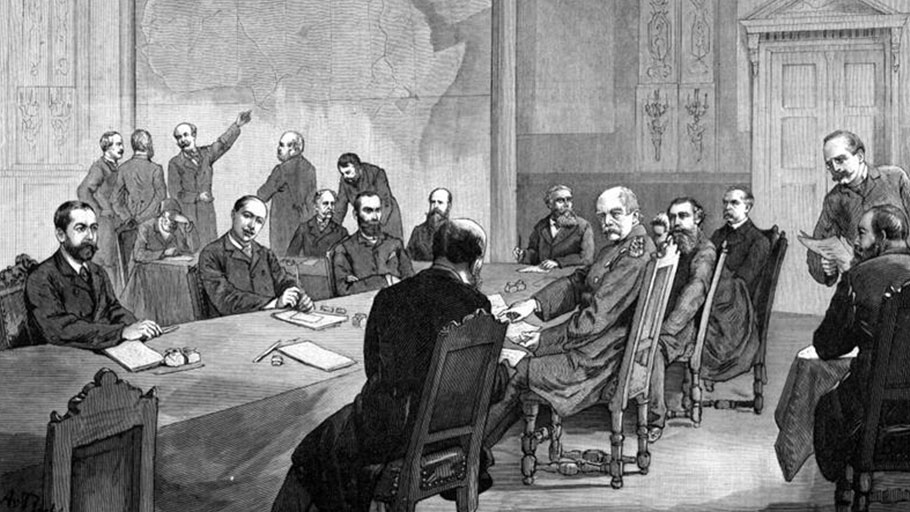
135 years ago today, European leaders sat around a horseshoe-shaped table to set the rules for Africa’s colonization. By Patrick Gathara, Al Jazeera — On the afternoon of Saturday, November 15, 1884, an international conference was opened by the chancellor of the newly-created German Empire at his official residence on Wilhelmstrasse, in Berlin. Sat around a horseshoe-shaped table in a room overlooking the garden with representatives from every European country,…
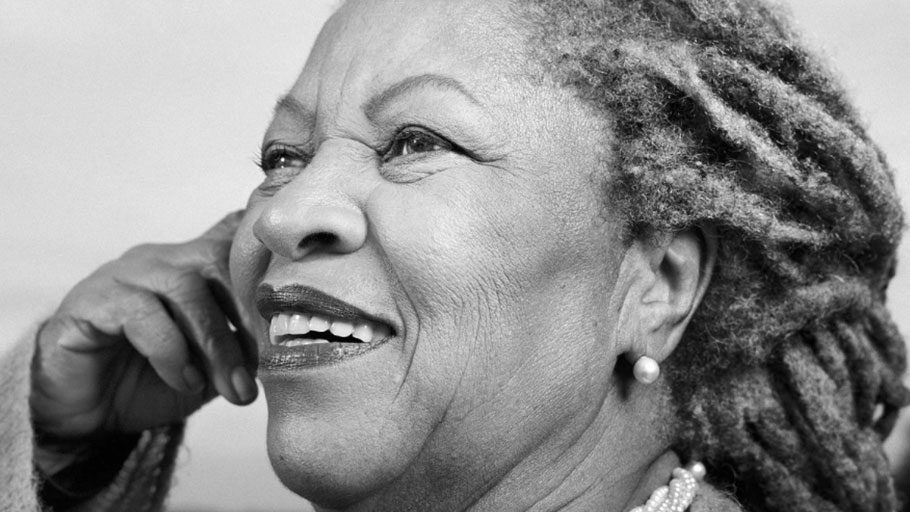
By Herb Boyd — An ensemble of luminaries, mainly writers and musicians, shared their memories and reflections of the esteemed author Toni Morrison on Thursday at the Cathedral Church of…
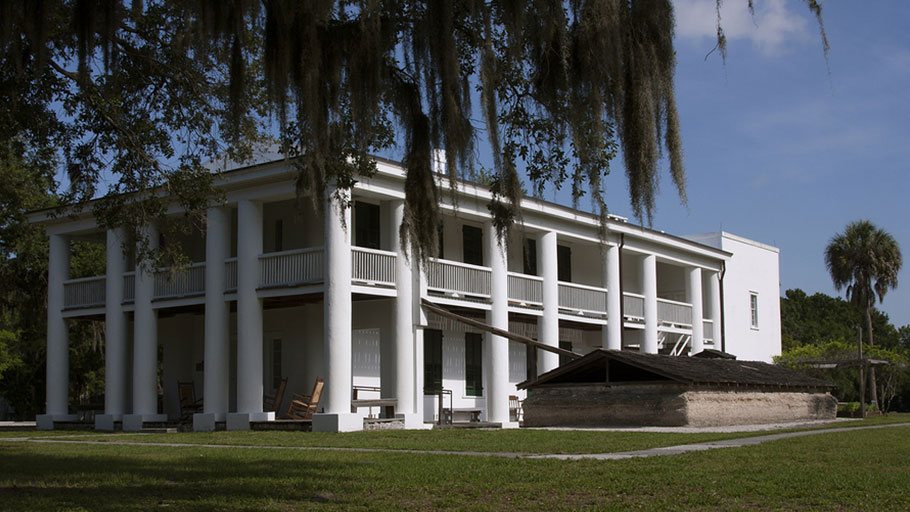
By Shore News Network — “New Jersey Reparations Task Force.” The task force would conduct research and develop proposals and recommendations to address the generational harms caused by the state’s…
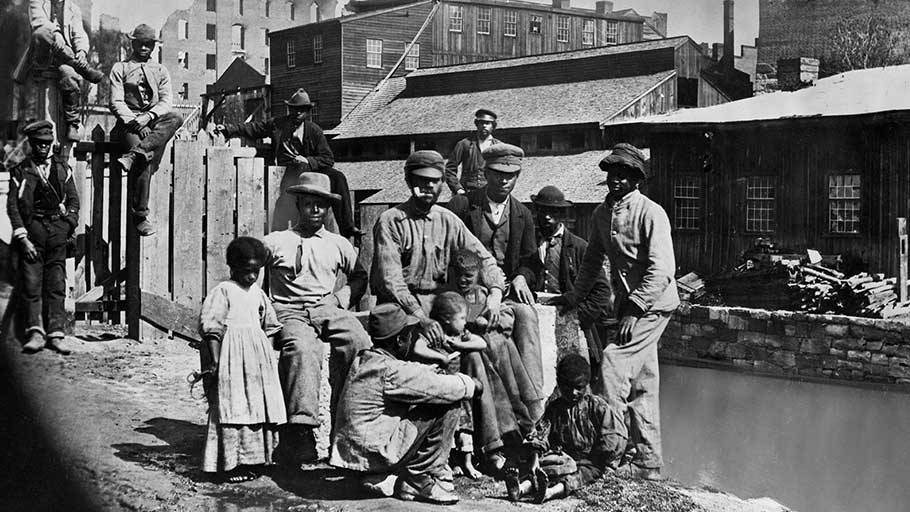
This essay is an adaptation of the fourth annual Philip Roth Lecture, delivered at the Newark Public Library on November 4, 2019. The lecture began with an appreciation of Roth’s merging of fiction and history. An admirer of great historical writing, Roth understood that, to be truly great, it had to grapple with what he called, in The Plot Against America, “the relentless unfolding of the unforeseen.” Flipped on its…
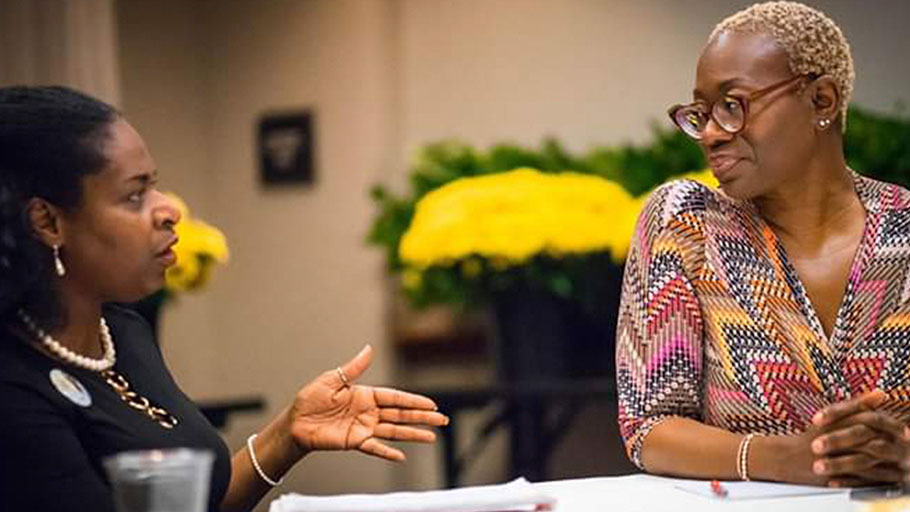
By Terri L. Crawford, JD, The Omaha Star — “Moreover, he shall speak for you to the people; and he will be as a mouth for you …” — Exodus 4:16 As the voice of the people, the Nebraska Democratic Party Black Caucus’ mission is to promote the involvement of Blacks in the political process and the activities of the party at the local, state, and national level. The Caucus…
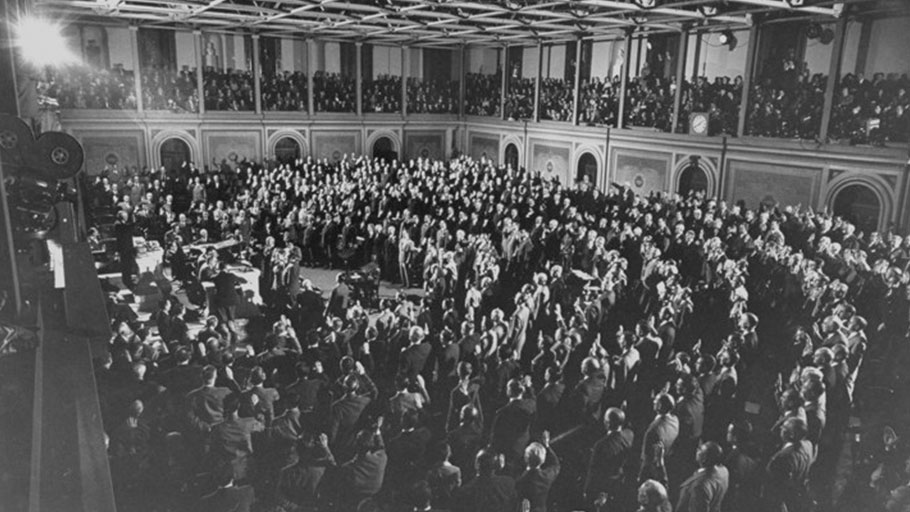
More than two centuries after it was designed to empower southern white voters, the system continues to do just that. By Wilfred Codrington III, The Atlantic — s a color-blind…

Consider the physical, financial, mental, even spiritual deaths inflicted on black Americans. By Ben Crump, The Guardian — In the weeks since the release of my book, Open Season: Legalized Genocide of Colored People, the question I’ve been asked most often is whether my use of the word genocide in the title was meant to be intentionally provocative, rather than reflective of reality. Surely, genocide is too strong a word…
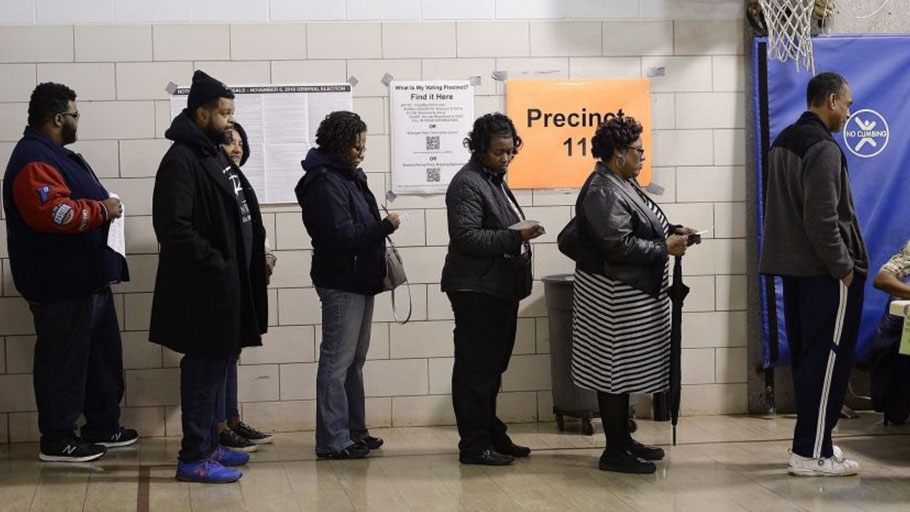
By Clyde W. Ford, The Los Angeles Times — In one of his first presidential speeches, Donald Trump said to a mostly white crowd in Hershey, Pa., “They didn’t come out to vote for Hillary. They didn’t come out. And that was big — so thank you to the African American community.” Had blacks voted in the numbers they did in 2012, Trump would probably not be president. So, his newly announced…

By Allison Miller — History, as a discipline, has a race problem. White people dominate the study of history, as students and as those who earn PhDs. According to federal…

To truly understand the debt this country owes to Black people is to be liberated from the bondage of miseducation that we’ve remained shackled to in the so-called land of…